
Ultimate field trip will be out of this world
While it may be virtual, the Rice Space Institute (RSI) has organized the ultimate spring trip for grade school students.

Ultimate field trip will be out of this world
While it may be virtual, the Rice Space Institute (RSI) has organized the ultimate spring trip for grade school students.
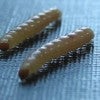
Does selfishness evolve? Ask a cannibal
Biologists have used one of nature's most prolific cannibals to show how social structure affects the evolution of selfish behavior. Researchers showed they could drive the evolution of less selfish behavior in Indian meal moths with habitat changes that forced larval caterpillars to interact more often with siblings.

Corals may need their predators' poop
Fish that dine on corals may pay it forward with poop. Rice University marine biologists found high concentrations of living symbiotic algae in the feces of coral predators on reefs in Mo'orea, French Polynesia.
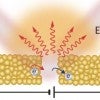
Teamwork makes light shine ever brighter
If you’re looking for one technique to maximize photon output from plasmons, stop. It takes two to wrangle.

Seven research teams win Carbon Hub funding
Carbon Hub, Rice University's zero-emissions research initiative, has awarded seed grants for seven projects that will rapidly advance its vision for transforming the oil and gas sector into a leading provider of both clean hydrogen energy and solid carbon products that can be used in place of materials with large carbon footprints.

Cancer ‘guardian’ breaks bad with one switch
A mutation that replaces a single amino acid in a potent tumor-suppressing protein makes it prone to nucleating amyloid fibrils implicated in many cancers as well as neurological diseases.
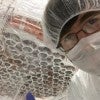
Christopher Tunnell wins NSF CAREER Award
Rice University computational astroparticle physicist Christopher Tunnell is getting help in his search for the nature of the universe through a National Science Foundation (NSF) CAREER Award.
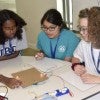
Physics camp has proven benefits for high school girls
HOUSTON – (March 5, 2021) – Even a small effort up front can boost the abilities and confidence of girls as they anticipate taking challenging science courses.

Camera traps reveal newly discovered biodiversity relationship
In one of the first studies of its kind, an analysis of camera-trap data from 15 wildlife preserves in tropical rainforests revealed a previously unknown relationship between the biodiversity of mammals and the forests in which they live.
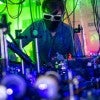
Bottling the world's coldest plasma
Rice University physicists have discovered a way to trap the world's coldest plasma in a magnetic bottle, a technological achievement that could advance research into clean energy, space weather and astrophysics.
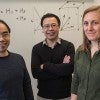
Quantum quirk yields giant magnetic effect, where none should exist
In a twist befitting the strange nature of quantum mechanics, physicists have discovered the Hall effect — a characteristic change in the way electricity is conducted in the presence of a magnetic field — in a nonmagnetic quantum material to which no magnetic field was applied.
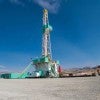
Rice team forges path toward geothermal future
Rice scientists have joined a federal project to accelerate breakthroughs in geothermal systems for unlimited, inexpensive energy.

Cerium sidelines silver to make drug precursor
Rice scientists have developed a simplified method to make fluoroketones, a drug precursor that typically requires an expensive silver catalyst.
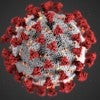
DARPA backs Rice sensor to detect COVID-19 virus in air
Researchers receive funding for up to $1 million to develop a real-time electronic sensor able to detect minute amounts of the airborne virus that causes COVID-19 infection.

UTHealth, Rice advance oral cancer immunotherapy
Researchers at Rice and the University of Texas Health Science Center at Houston develop a hydrogel that could destroy oral cancer tumors.